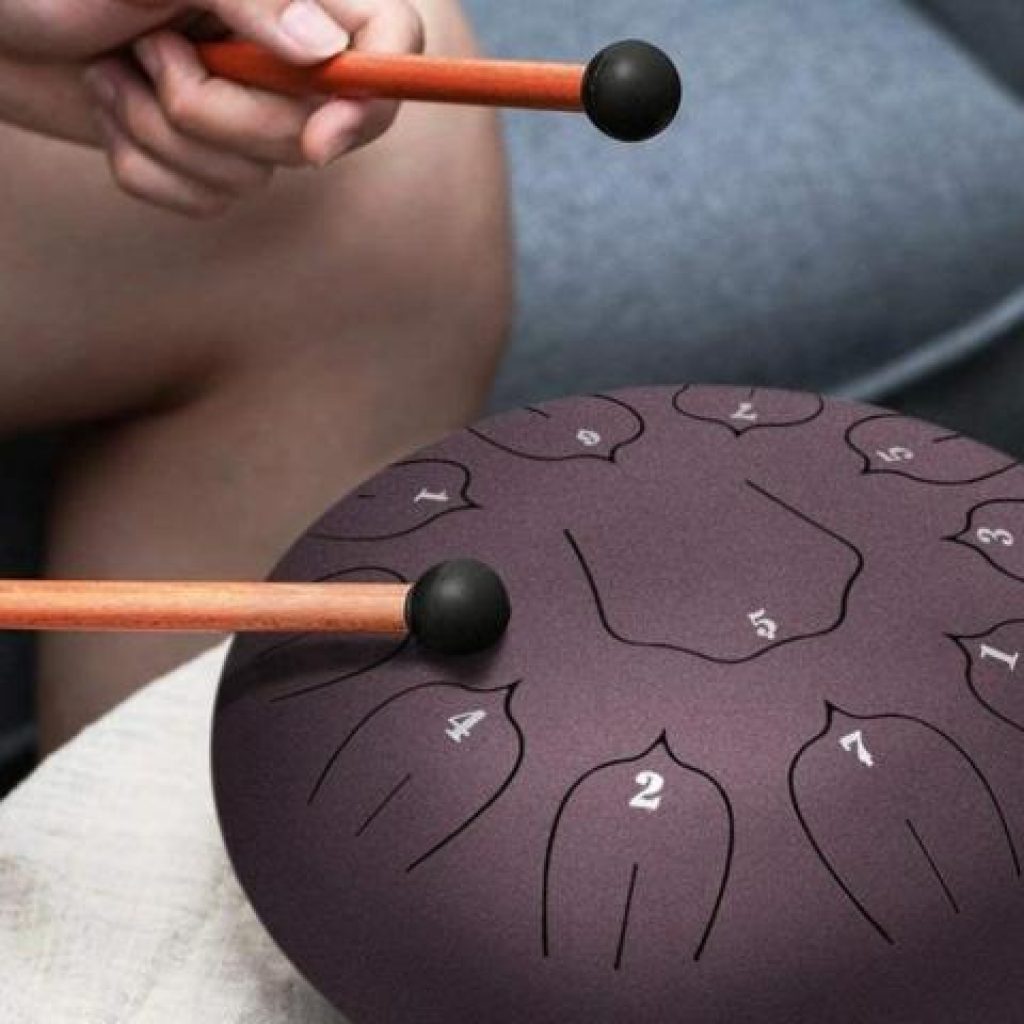As you embark on the journey to purchase a steel drum for sound healing, there are several key considerations to ensure that the instrument aligns with your therapeutic intentions and resonates harmoniously with your needs. Delve into this guide to uncover the essential elements to look for when acquiring a steel drum for your sound healing practice.
View our recommendation here.

1. Scale and Tonality: Select a steel drum with a scale and tonality that complements the desired therapeutic atmosphere. Consider scales known for their calming and meditative qualities, such as the Pentatonic, Integral, or Celtic minor scales. These scales contribute to the creation of soothing and harmonious vibrations.
2. Materials and Craftsmanship: Examine the materials used in the construction of the steel drum. High-quality steel, expert craftsmanship, and attention to detail are crucial factors. The hand-hammering of the tongues and the overall construction contribute to the instrument’s resonance and durability, enhancing its effectiveness in sound healing sessions.
3. Versatility of Playing Techniques: Look for a steel drum that offers versatility in playing techniques. Whether played with mallets, hands, or a combination of both, the instrument should respond well to different approaches. This versatility allows for a range of sonic expressions, enriching the overall sound healing experience.
4. Size and Portability: Consider the size and portability of the steel drum, especially if you plan to use it in various settings. A portable and well-crafted instrument provides flexibility for sound healers who may move between individual sessions, group gatherings, or public events, enhancing the instrument’s accessibility.
5. Sustain and Resonance: Assess the sustain and resonance of the steel drum. Seek an instrument that produces clear, sustained notes with rich resonance. These qualities contribute to the immersive and transformative nature of the sound, fostering a deeper connection between the instrument and the healing space.
6. Integration into Sound Healing Ensembles: If you envision incorporating the steel drum into larger sound healing ensembles, consider its compatibility with other instruments. Explore how it complements singing bowls, gongs, or other melodic percussion instruments. The ability to harmonize within an ensemble enhances the instrument’s versatility in diverse healing contexts.
7. Personal Connection: Ultimately, let your personal connection guide your choice. Play multiple steel drums to discern the unique qualities of each. Trust your intuition and choose an instrument that resonates with you on a personal and energetic level. This connection enhances the authenticity and efficacy of the instrument in your sound healing practice.
8. Sound Healing Community Recommendations: Seek recommendations from the sound healing community, both online and offline. Engage with forums, communities, and fellow practitioners to gather insights into reputable makers, preferred scales, and valuable considerations when selecting a steel drum for sound healing.
In the realm of sound healing, the choice of a steel drum becomes a sacred and intentional act. By considering the scale, materials, versatility, and resonance, you embark on a journey to discover an instrument that becomes a trusted companion in facilitating therapeutic vibrations and fostering transformative sonic experiences.